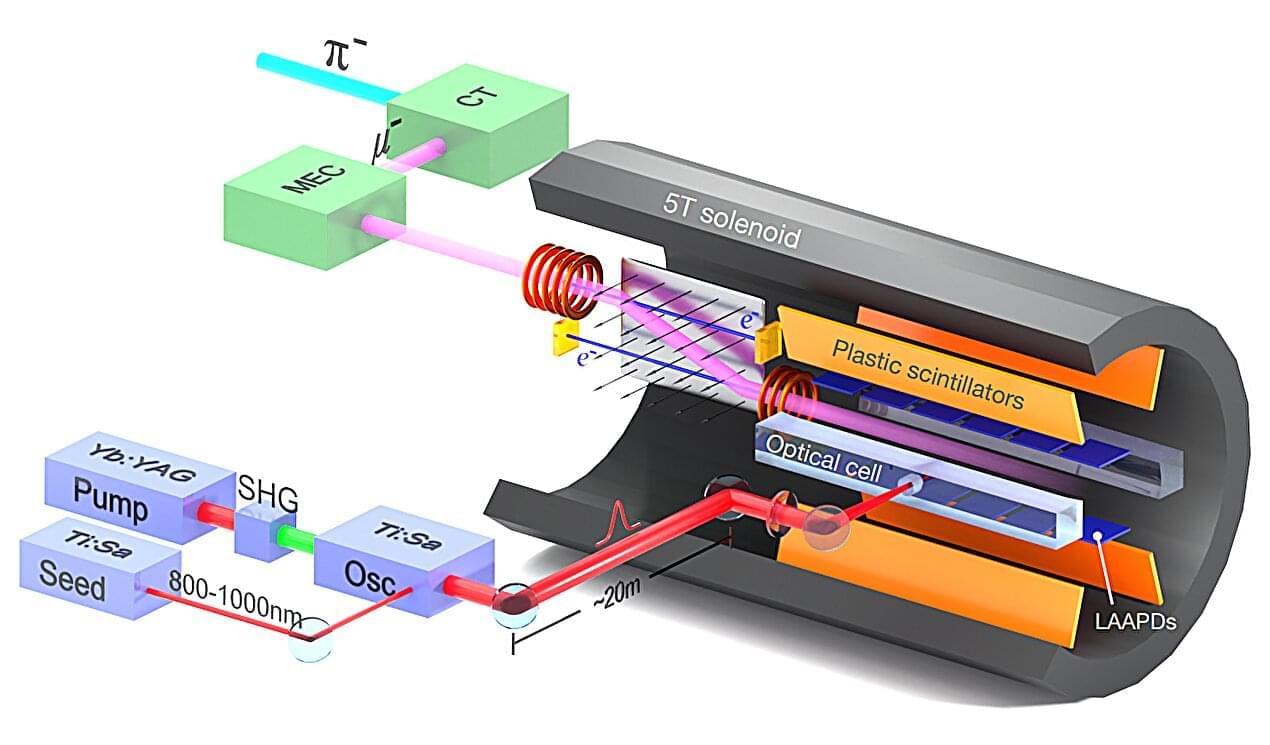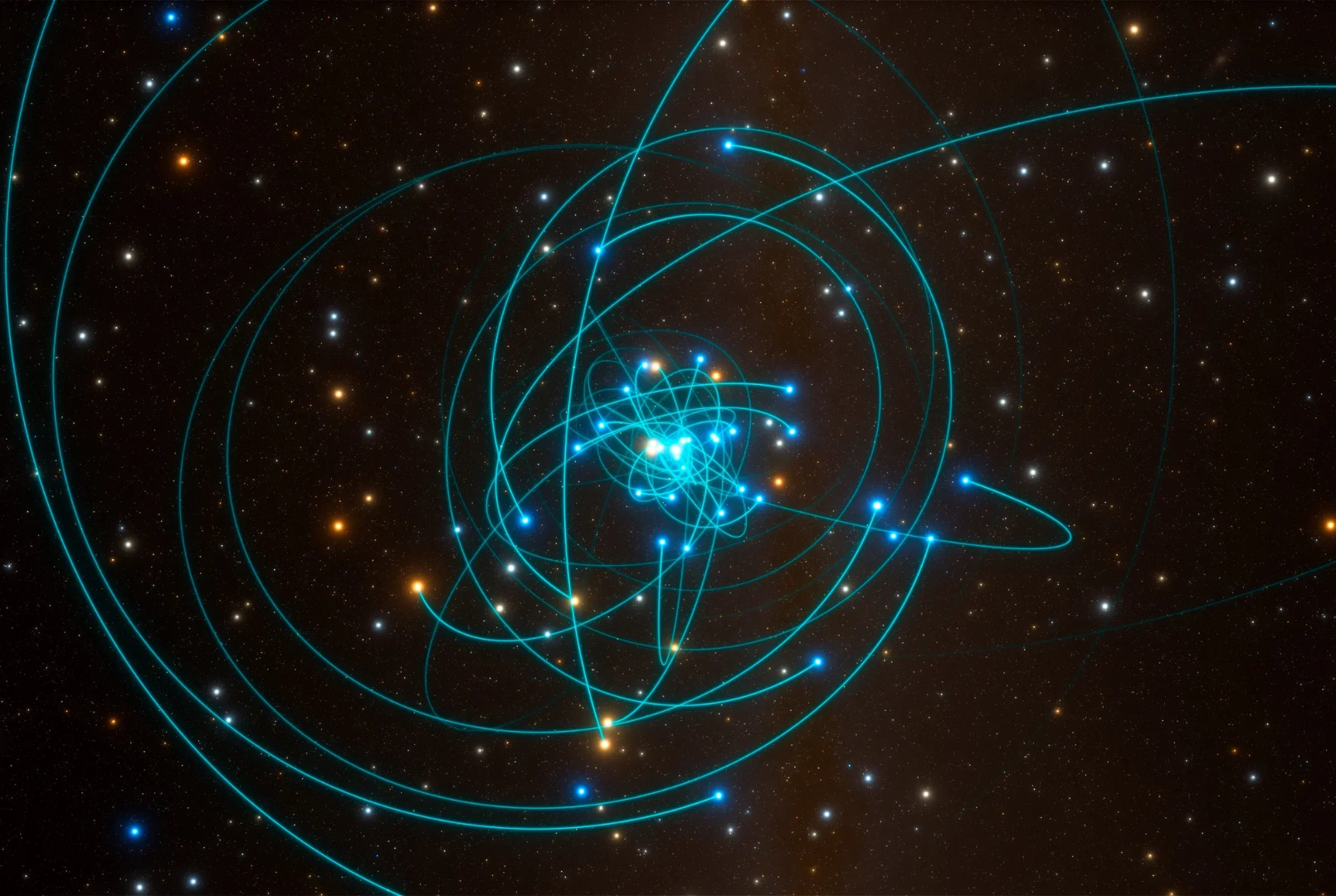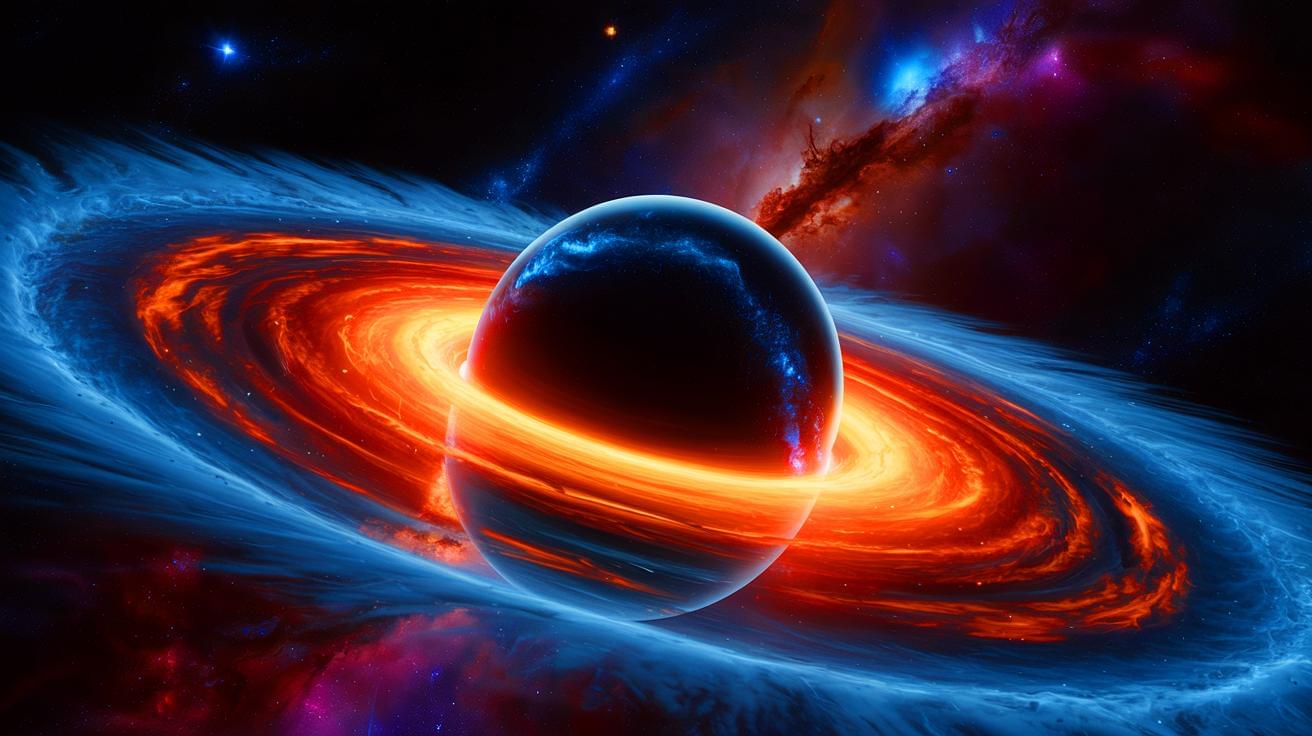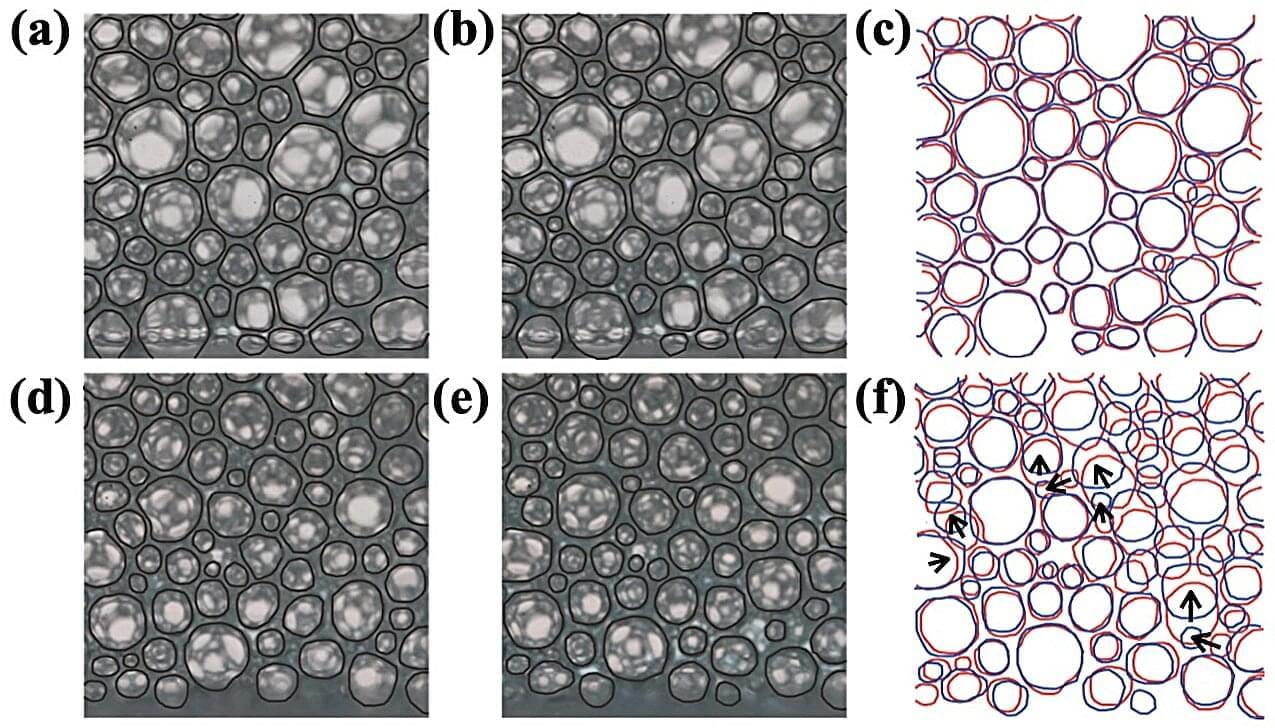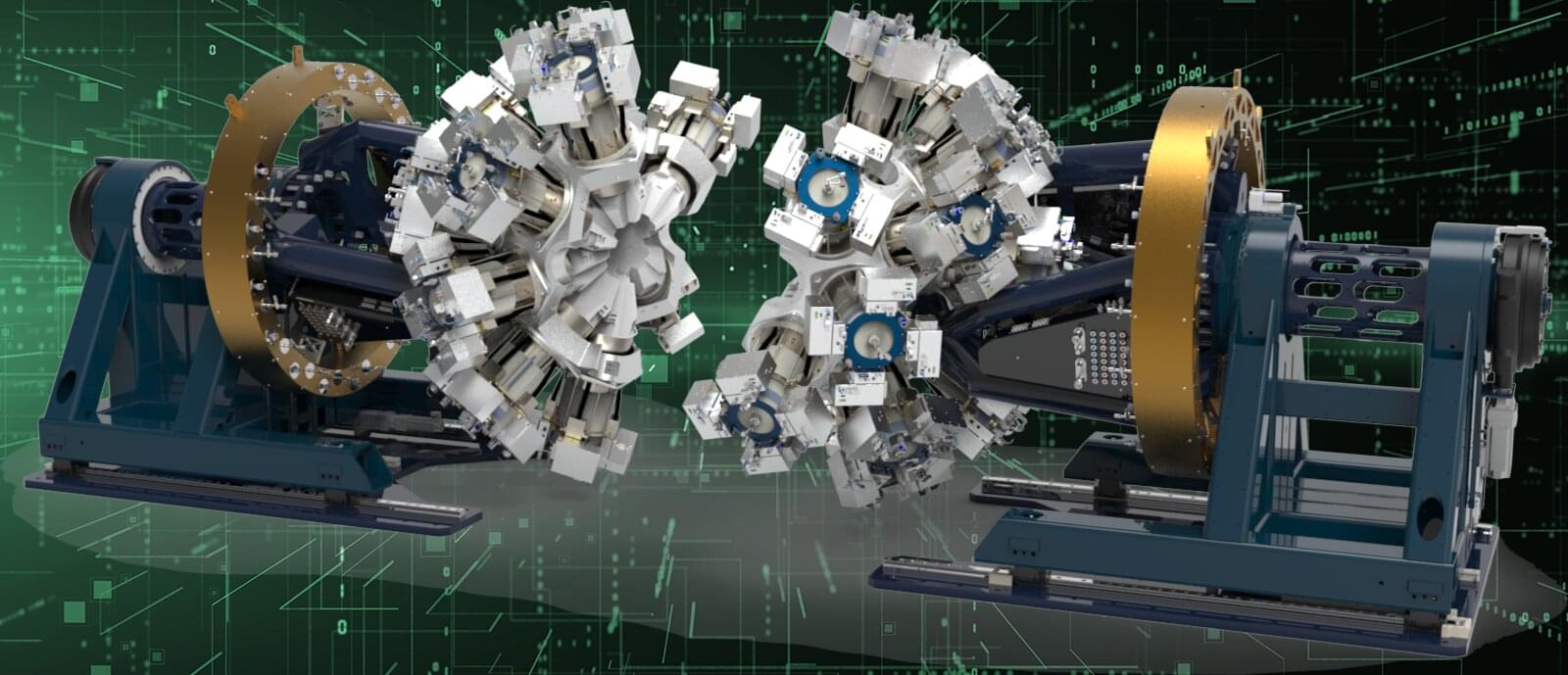Self-driving cars which eliminate traffic jams, getting a health care diagnosis instantly without leaving your home, or feeling the touch of loved ones based across the continent may sound like the stuff of science fiction.
But new research, led by the University of Bristol and published in the journal Nature Electronics, could make all this and more a step closer to reality thanks to a radical breakthrough in semiconductor technology.
The futuristic concepts rely on the ability to communicate and transfer vast volumes of data much faster than existing networks. So physicists have developed an innovative way to accelerate this process between scores of users, potentially across the globe.


